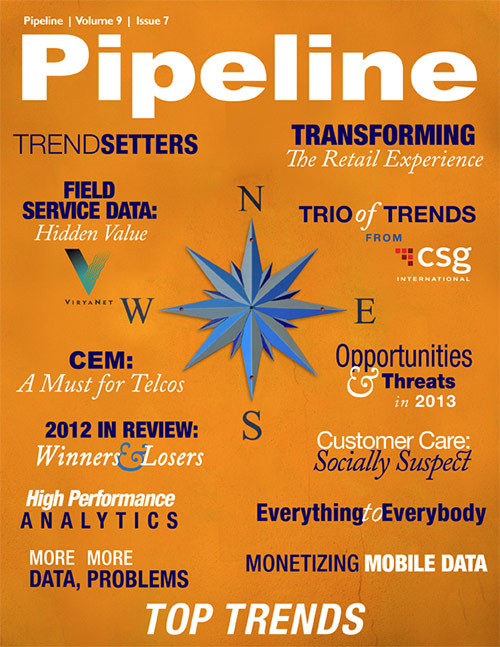Transforming the Retail Experience

Many companies, from Dell to Starbucks, have attempted to enhance the customer experience with a unique retail and product experience. But today one of the most notable champions of the New Retail Experience is Apple. It opened its first Apple Store in an upscale Virginia mall in 2001 amid A-list names like Armani, Bloomingdale’s, Brooks Brothers, Nordstrom, and Macy’s. Hundreds of people waited in line in anticipation of the spring opening, and it was reported that some drove in from out of state just to take part in the event, for which Apple only featured four product lines. Even so, the success was remarkable. In the next year alone Apple opened more than 20 stores, and it continues to pioneer the retail experience to this day by combining its brand, culture and products in a way that keeps customers longing for more.
Some might say this success is due to the marriage of innovation, design and vision brought about by the brain trust of Steve Jobs (Apple), Ron Johnson (Target) and Mickey Drexler (The Gap). But as illuminating as they are, I think they embraced a common truth: People want a pleasant experience that makes them feel good about the products they’re buying. They want to feel empowered. They want to feel in control. And they want simplicity, particularly when buying complicated and sometimes intimidating products.
It’s also probably worth mentioning what retail customers don’t want. They don’t want to feel confused. They don’t want to be intimidated by the staff, product, technology, or experience. They want to feel at ease. They want to feel like a VIP. They want to feel like the experience is worth all the Benjamins they’re about to fork out. They want to feel good about it.
The New Retail Experience: Taking a bite out of Apple
It didn’t take long for others to pick up on the power of this New Retail Experience. We all watch in wonder as the Apple addicts continue to line up in the predawn hours for the “new” iPhone that’s just a slightly different size than the last iPhone, or for the “new” iPad Mini, which is, well, just a slightly different version of the last iPad. And certainly you have to chalk some of this up to brand and lifestyle marketing. But, as with all good things, companies with big brands began to invest (heavily) in lifestyle and retail marketing in an attempt to replicate prior success.
Today, being greeted by a geek-chic expert-with-a-tablet can be experienced anywhere from your local AT&T store to one of the more than 60 Microsoft retail stores across Canada, the US, and Puerto Rico. Why, you ask? Four words: “vigorous loyalty” and “unwavering trust.” When customers feel like they can trust a retailer, they’re willing to try new things. And to service providers, new things equate to higher revenues and reduced churn. But loyalty, while related, is a bird of a slightly different feather. Vigorous loyalty means your customers will go above and beyond on your behalf. They will scoff at your competitors and buy whatever you are selling on mere principle. Don’t believe me? Try telling, or better yet, demonstrating why your Samsung Galaxy III Android is better than the iPhone to your closest friend or Apple aficionado. (I have. I don’t recommend it. It ended badly.)





















